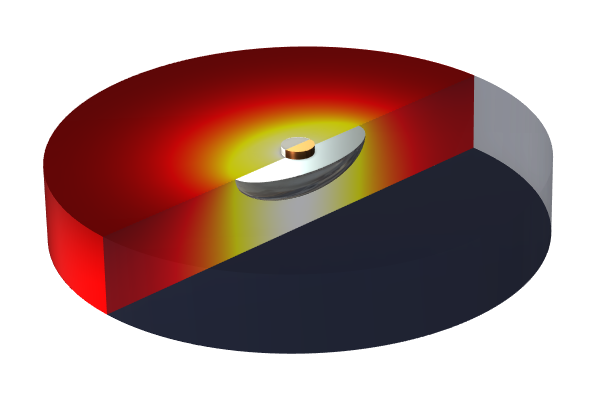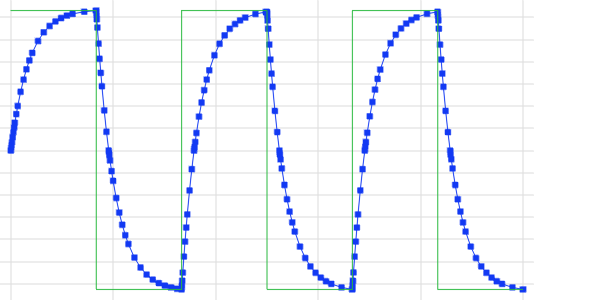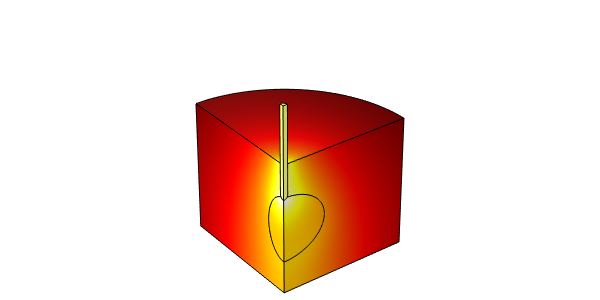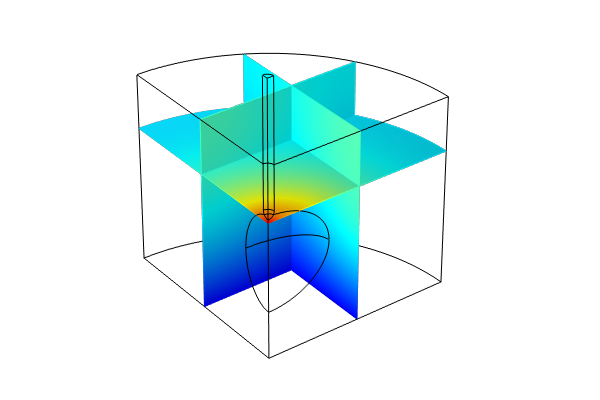Introduction to Modeling Capacitive Devices
In Part 3 of this 10-part course on modeling resistive and capacitive devices, we begin our discussion on and demonstrations of modeling capacitors and looking at the electric fields and capacitance of a system. We start by building a model containing two capacitor plates and solving for the electrostatic field. We then show how to include a region around the capacitor plates to model the fringing fields and walk you through a technique for determining how much of the fringing fields should be included in the model. Thereafter, we formulate a different physics setup where we incorporate a Floating Potential boundary condition and discusse how it compares to the Zero Charge boundary condition, which is default for the Electrostatics physics interface.
From there, we build several different versions of our original model by making further changes to the physics settings and geometry. We demonstrate including infinite element domains to our model and discuss the pros and cons to this approach, reducing the model by only modeling the region between the two capacitor plates, introducing an inclusion to the model, and including thin part inclusions to the model. From there, we go into how you can include Force Calculation features to evaluate the electrostatic forces on a part.
Lastly, we end with using a 2D model to talk about how to use the Periodic condition. This includes preparing the geometry for its use, the particular type of meshing required, and how the feature enables you to reduce the original model into a submodel.
Submit feedback about this page or contact support here.











